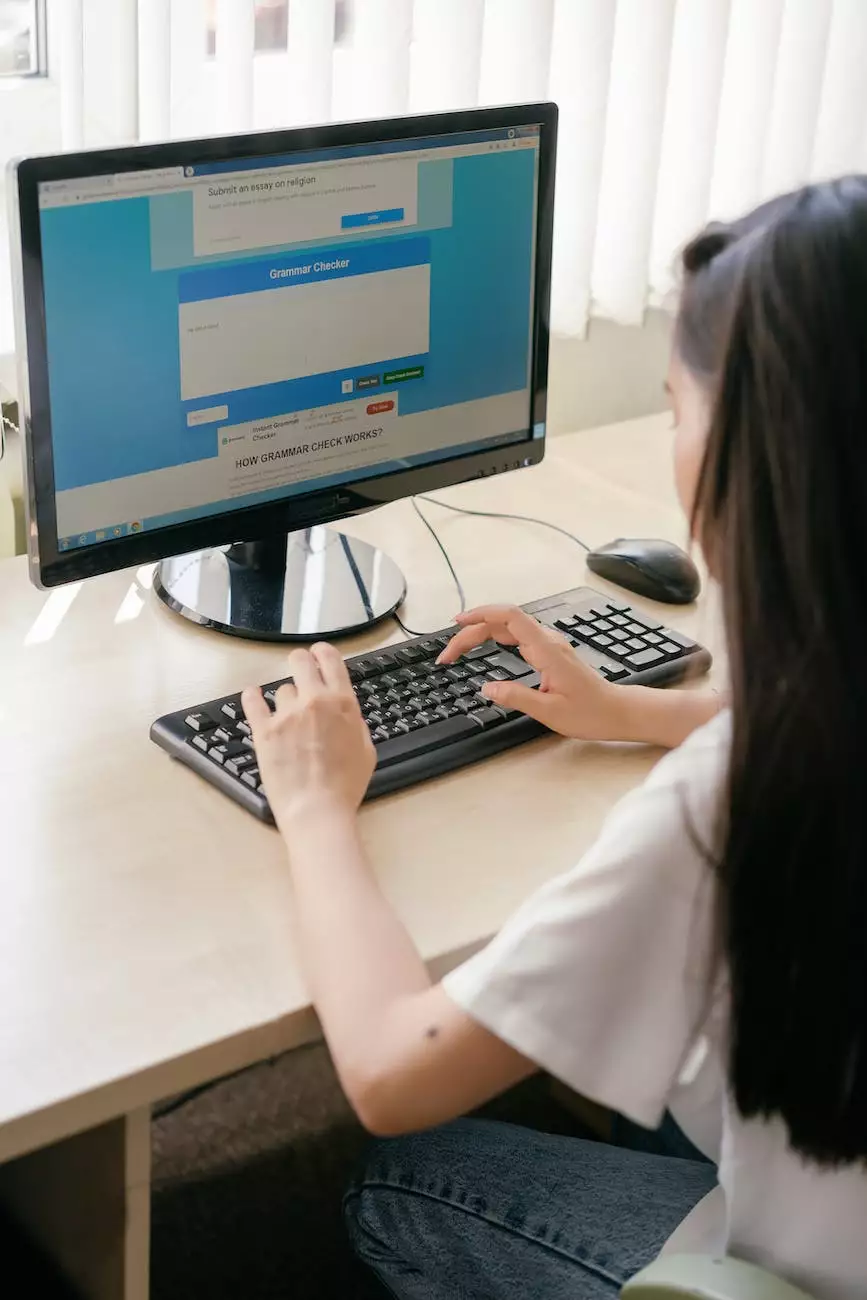Social Media Education Infographic
Education Export Trends
Introduction
Welcome to Los Angeles Spanish School's informative page on how higher education institutions are leveraging social media to provide a more engaging and interactive learning experience for students. In this comprehensive social media education infographic, we explore various strategies and benefits of incorporating social media into education.
The Role of Social Media in Education
Social media has revolutionized the way educators and students interact, creating a dynamic learning environment that extends beyond the confines of the traditional classroom. With the advent of platforms like Facebook, Twitter, and Instagram, universities and colleges have recognized the potential of utilizing these platforms to enhance their educational offerings.
By integrating social media into education, students can connect with their peers, collaborate on projects, and access valuable resources in real-time. Additionally, social media platforms provide a space for students to engage with their instructors, seek assistance, and participate in online discussions.
Benefits of Social Media in Education
The incorporation of social media in education brings forth numerous benefits:
1. Enhanced Student Engagement
Social media platforms foster active student engagement by providing a familiar and interactive space for learning. Students are more likely to participate in discussions and actively seek knowledge when leveraging social media tools.
2. Collaborative Learning Opportunities
Social media allows students to collaborate on projects, exchange ideas, and collectively solve problems. This collaborative learning environment promotes teamwork and enhances critical thinking skills.
3. Increased Accessibility to Resources
Social media enables educational institutions to share a wide range of resources, including study materials, research papers, and educational videos. Students can access these resources at any time, facilitating flexible learning opportunities.
4. Real-World Connections
Through social media, students can connect with professionals in their field of study, join industry-specific communities, and engage in conversations that bridge the gap between academia and the real world. This enhances their understanding of industry trends and fosters networking opportunities.
Strategies for Incorporating Social Media in Education
To effectively integrate social media into education, institutions can implement the following strategies:
1. Establish Clear Guidelines
Provide students and faculty with guidelines for appropriate and responsible use of social media within the educational context. Emphasize the importance of online etiquette, privacy, and respectful communication.
2. Encourage Active Participation
Encourage students to actively participate in online discussions, share their thoughts, and engage with their peers. Facilitate a supportive and inclusive environment where diverse perspectives are valued.
3. Utilize Multimedia Content
Take advantage of social media's multimedia capabilities by incorporating videos, infographics, and interactive content into educational materials. This helps cater to different learning styles and enhances overall engagement.
4. Provide Ongoing Support and Training
Offer continuous support and training for students and faculty on how to effectively use social media in an educational context. Provide resources, workshops, and opportunities for skill development.
Conclusion
In conclusion, social media has become an invaluable tool in higher education. The integration of social media platforms facilitates enhanced student engagement, collaborative learning, increased accessibility to resources, and real-world connections. By adopting the strategies outlined in this social media education infographic, institutions can harness the power of social media to provide a transformative educational experience for students.




